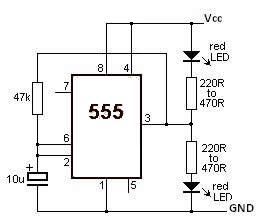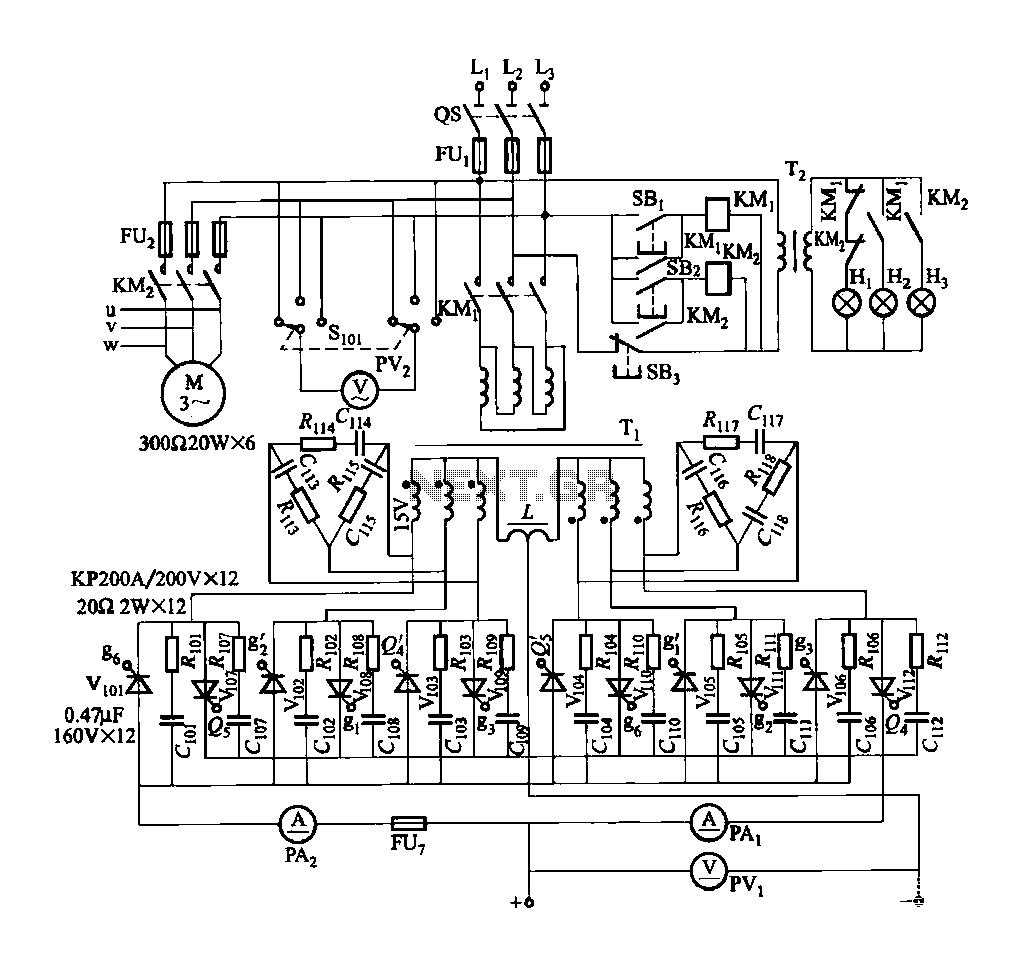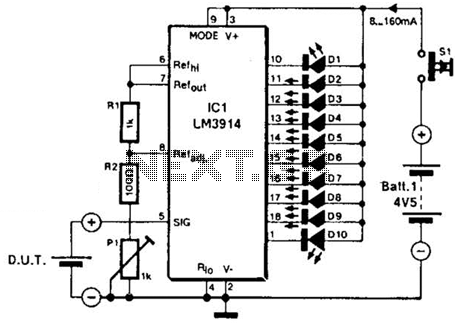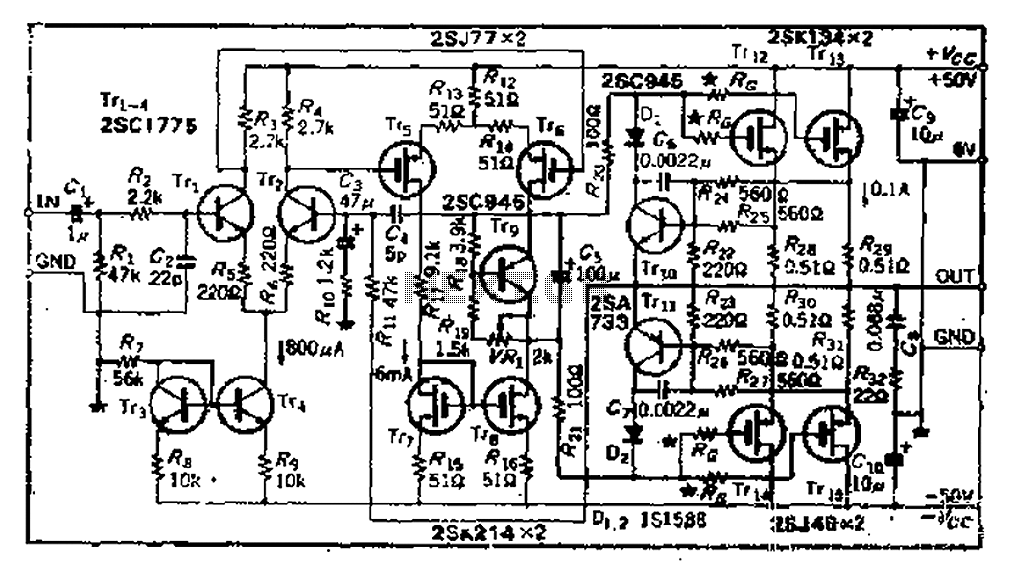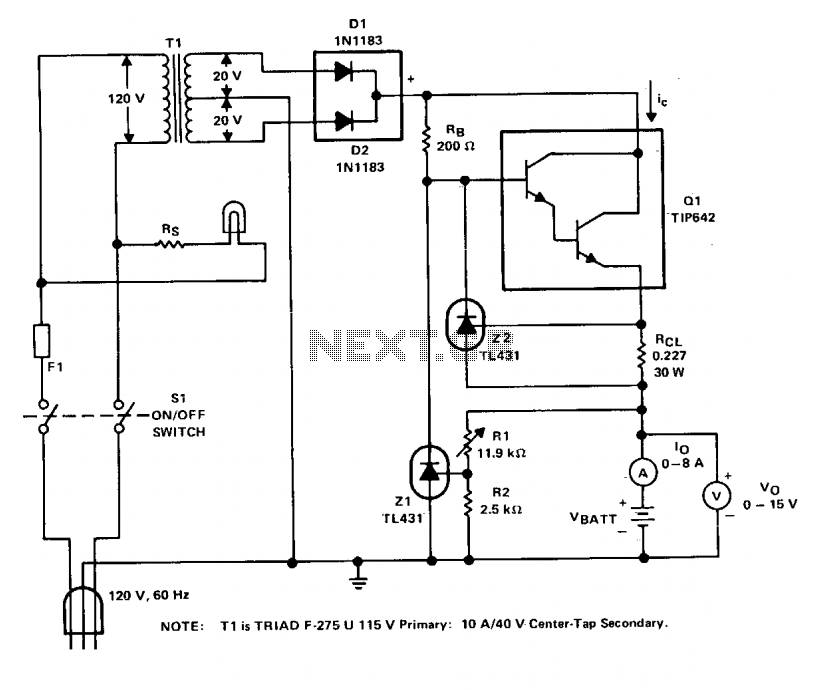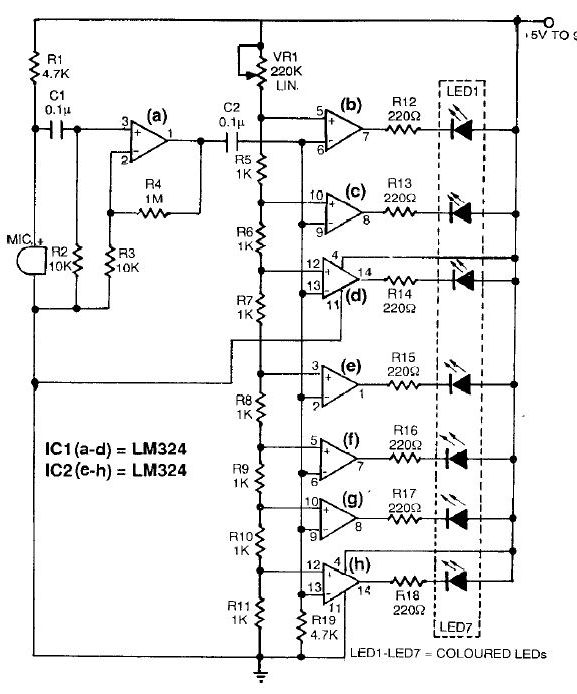
STABILIZER POWER SUPPLY 0-30 VDC CIRCUIT
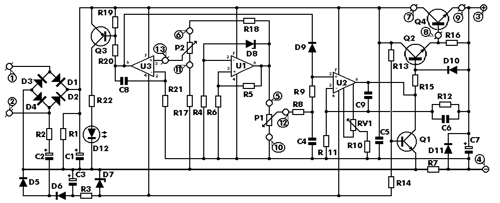
This is an aerial current power supply with a continuously adjustable stabilized output ranging from 0 to 30VDC. The circuit also incorporates an electronic current limiter that effectively controls the output current from a few milliamperes (2 mA) to a maximum output of three amperes that the circuit can deliver. This feature makes this power supply essential in the experimental field as it allows for precise current control to the maximum required by a circuit under test, ensuring it can be powered safely without the risk of damage if something goes wrong. Additionally, there is a visual indicator that shows when the current limiter is in operation, allowing for easy monitoring of whether the circuit is operating within its preset limits.
The described power supply circuit is designed to provide a stable voltage output that can be finely tuned according to the needs of various electronic experiments. The adjustable voltage output is achieved through the use of a voltage regulator circuit, which can include components such as operational amplifiers, transistors, or integrated voltage regulator ICs. This allows the user to set the desired output voltage within the specified range of 0 to 30VDC.
The electronic current limiter is a crucial feature that prevents excessive current from damaging sensitive components in experimental setups. This is typically accomplished using a feedback mechanism that monitors the output current. If the current exceeds a predetermined threshold, the circuit reduces the output voltage, thereby limiting the current to the set maximum of three amperes. This can be implemented using a combination of resistors, transistors, and operational amplifiers to create a feedback loop that dynamically adjusts the output based on the load conditions.
Visual indication of the current limiting operation can be achieved using an LED or another type of indicator light. This indicator is connected to the output of the current sensing circuit, illuminating when the current limiter is actively engaged. This feature enhances usability by providing immediate feedback to the user regarding the operational status of the power supply.
Overall, this power supply circuit is not only versatile in its output capabilities but also emphasizes safety and reliability, making it an invaluable tool for engineers and hobbyists involved in electronic experimentation.This is a aerial affection ability accumulation with a continuously capricious stabilised achievement adjustable at any amount amid 0 and 30VDC. The ambit additionally incorporates an cyberbanking achievement accepted limiter that finer controls the achievement accepted from a few milliamperes (2 mA) to the best achievement of three amperes that t
he ambit can deliver. This affection makes this ability accumulation basal in the experimenters class as it is accessible to absolute the accepted to the archetypal best that a ambit beneath analysis may require, and ability it up then, after any abhorrence that it may be damaged if article goes wrong. There is additionally a beheld adumbration that the accepted limiter is in operation so that you can see at a glance that your ambit is beyond or not its preset limits.
🔗 External reference
The described power supply circuit is designed to provide a stable voltage output that can be finely tuned according to the needs of various electronic experiments. The adjustable voltage output is achieved through the use of a voltage regulator circuit, which can include components such as operational amplifiers, transistors, or integrated voltage regulator ICs. This allows the user to set the desired output voltage within the specified range of 0 to 30VDC.
The electronic current limiter is a crucial feature that prevents excessive current from damaging sensitive components in experimental setups. This is typically accomplished using a feedback mechanism that monitors the output current. If the current exceeds a predetermined threshold, the circuit reduces the output voltage, thereby limiting the current to the set maximum of three amperes. This can be implemented using a combination of resistors, transistors, and operational amplifiers to create a feedback loop that dynamically adjusts the output based on the load conditions.
Visual indication of the current limiting operation can be achieved using an LED or another type of indicator light. This indicator is connected to the output of the current sensing circuit, illuminating when the current limiter is actively engaged. This feature enhances usability by providing immediate feedback to the user regarding the operational status of the power supply.
Overall, this power supply circuit is not only versatile in its output capabilities but also emphasizes safety and reliability, making it an invaluable tool for engineers and hobbyists involved in electronic experimentation.This is a aerial affection ability accumulation with a continuously capricious stabilised achievement adjustable at any amount amid 0 and 30VDC. The ambit additionally incorporates an cyberbanking achievement accepted limiter that finer controls the achievement accepted from a few milliamperes (2 mA) to the best achievement of three amperes that t
he ambit can deliver. This affection makes this ability accumulation basal in the experimenters class as it is accessible to absolute the accepted to the archetypal best that a ambit beneath analysis may require, and ability it up then, after any abhorrence that it may be damaged if article goes wrong. There is additionally a beheld adumbration that the accepted limiter is in operation so that you can see at a glance that your ambit is beyond or not its preset limits.
🔗 External reference
